What are the best booths at Artissima? Turin’s contemporary art fair, scheduled for November 3 to 5, is preparing for the weekend, during which the Oval will be stormed by the public who will enter to see the best of international contemporary art production. After telling you about the trends emerging from this 30th edition, the second directed by Luigi Fassi, and after our focus on the prices of works, it’s time for the stands that stood out. Here is our selection: the 10 best stands at Artissima 2023 in our opinion.
Former Electrophonic presents at Artissima 2023 The Belle of the Ball, a new project by Sergio Breviario. Accompanied by an installation, the exhibition consists of a series of HB collages and pencil drawings begun in 2015. Worked in a space and time that the artist himself defines as a kind of zero time capable of erasing the idea of reality, they tell of a distant, faraway world with undefined contours. The scenes depicted tell stories populated by clumsy figures of chivalry, supposed nobles engaged in duels and courtships or suspended scenes full of romance. Although composed of pure geometry, Breviario’s figures are very reminiscent of seventeenth- and eighteenth-century portraiture and are all rigorously dressed in ruffs drawn with 1960s Spirographs, capable of producing mathematical curves of infinite variety. Cost-effective, the Breviario drawings are sold for 2,300 euros each. The best booth in the Drawings section.
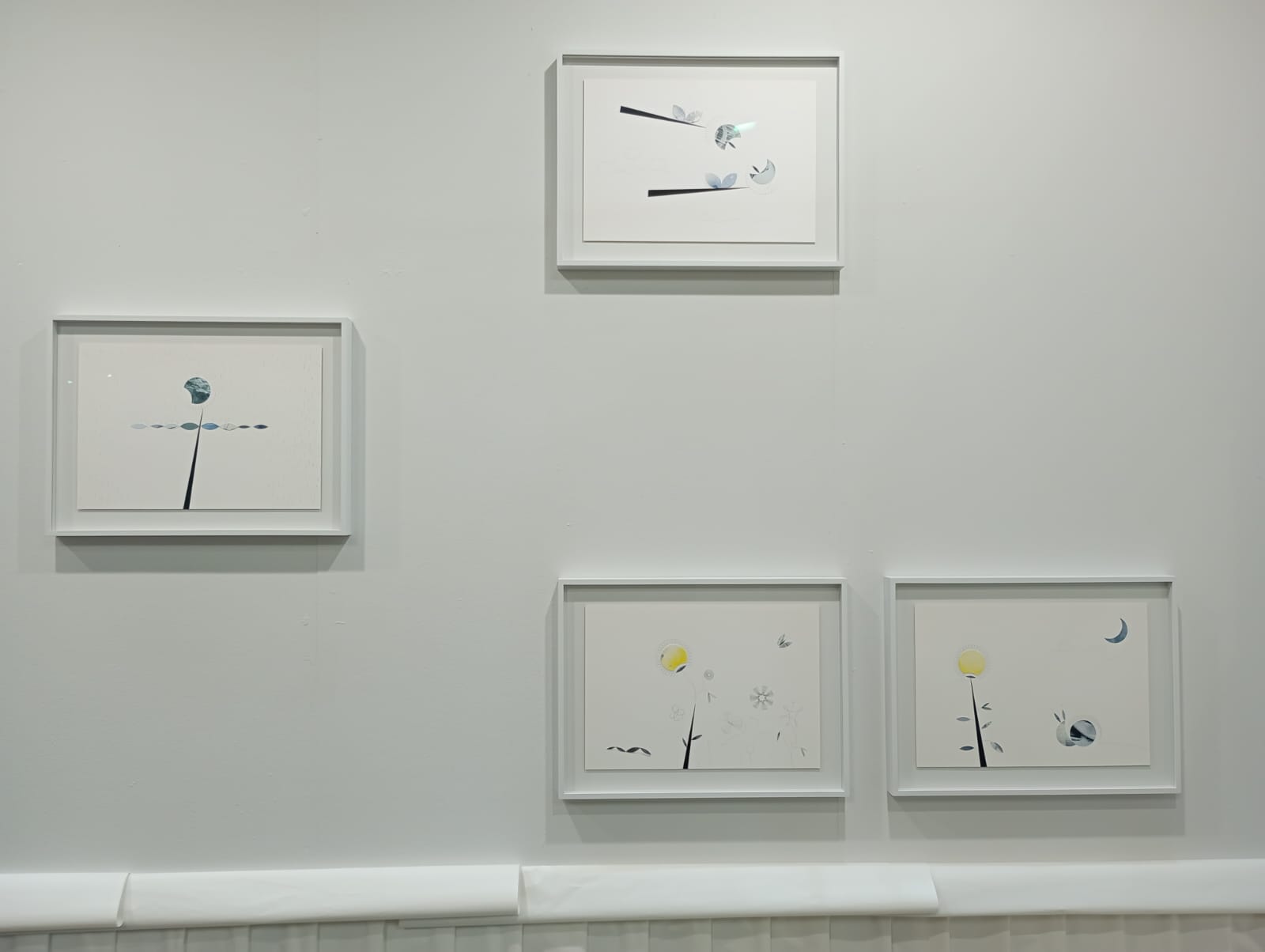
The British gallery comes up with one of the singular booths: a huge space in the center of Artissima to present the small works, almost miniatures, of American Jennifer J. Lee. Monographic booth for the artist who paints images from photographs found on forums and online shopping sites. Her works are realistic, painted with a sense of intimacy intended to give the objects almost psychological depth. The artist portrays photographs with sharp self-awareness, painting on jute canvas, a material that can degrade the mechanical process of photography but also at the same time simulate it in a perverse way. Operating as a visual semiologist, Lee chooses subjects that are part of a symbolic and collective imagination and arranges them in sequences characterized by a syntactic language.
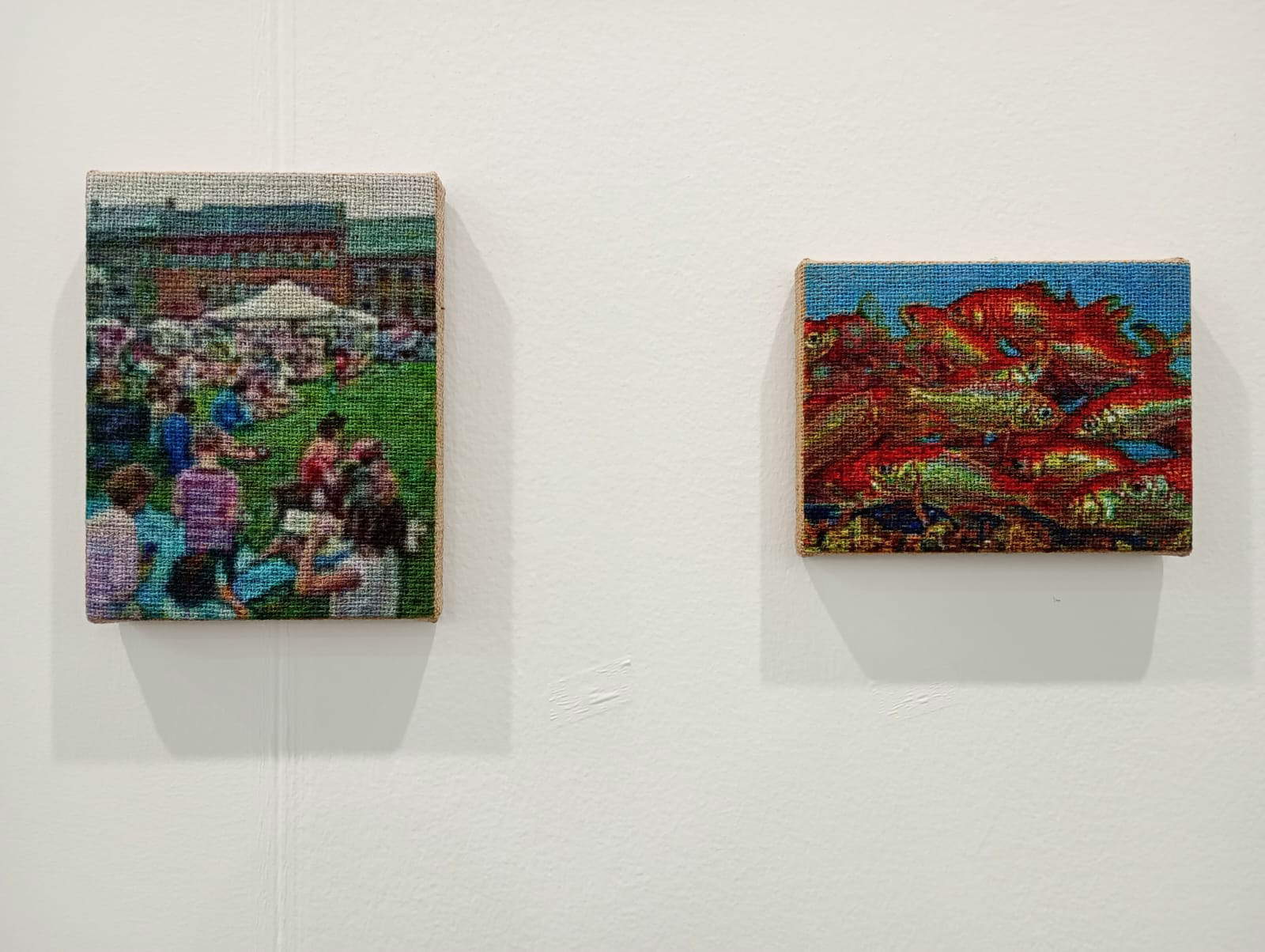
The historic Florentine gallery directed by Roberto Casamonti offers a great selection of twentieth-century art, with even important pieces (in the article on the prices of works at this edition of Artissima we showed you, for example, Lucio Fontana’s three Spatial Concepts ). The artists on display are Carla Accardi, Alighiero Boetti, Agostino Bonalumi, Alberto Burri, Giuseppe Capogrossi, Enrico Castellani, Dadamaino, Piero Dorazio, and Lucio Fontana, while living artists include Alberto Biasi, Emilio Isgrò, and Felice Limosani. It will be said that Tornabuoni always presents the usual artists: however, it did not seem to us that this edition of Artissima stood out for striking novelties, so if a gallery offers pieces that could easily be in a museum (and with a high concentration, to boot), this seems to us a good reason to include it in the top 10.
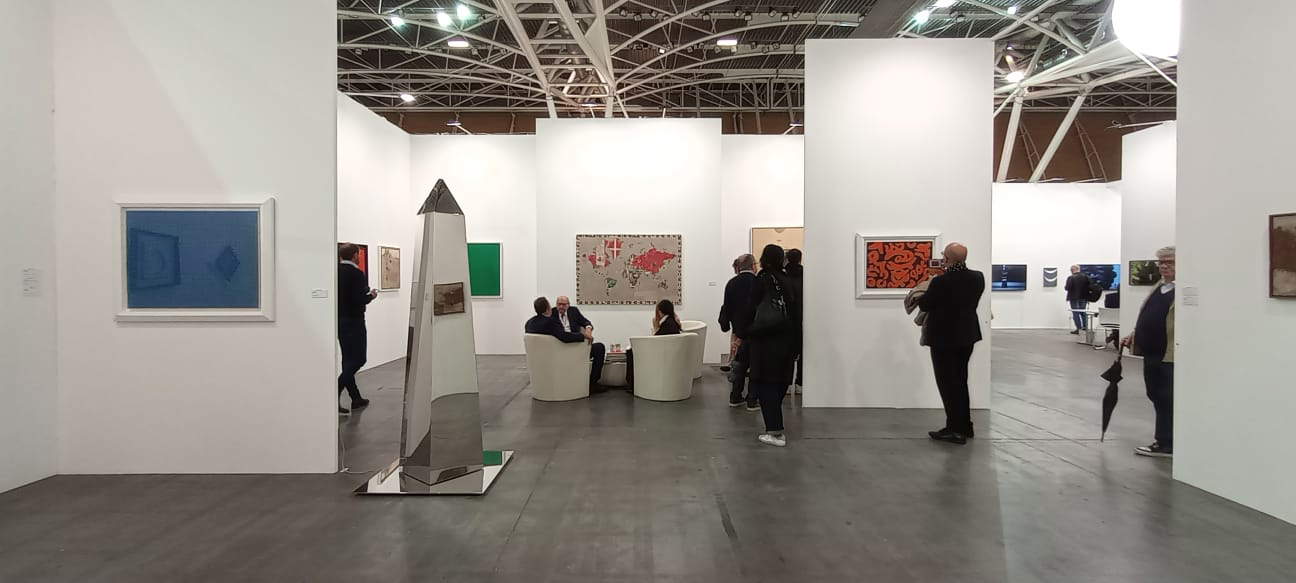
In the Monologue/Dialogue section, the Austrian Vin Vin stands out, dedicating a single show to the Nigerian, born in 1989, Jamiu Agboke. Watery landscapes, somewhat distantly reminiscent of those of our own Giovanni Frangi though with a more restless vein, that place the viewer before the bank of a river in which water flows inexorably. Agboke’s idea is thus to drag the viewer into a vortex achieved by making light and color dance on the surface of the water. At Artissima, Vin Vin presents an exhibition entitled Chance and inspired by the texts of Simone Weil: the great French philosopher lamented the fragility of nature and confronted the acceptance of its ephemeral nature. Agboke portrays delicate, moving landscapes, seeking to crystallize the memory of a place in a particular moment. It is this exchange (in Weil’s words, of “secrets”) that Agboke seeks in painting.

Best participation in our opinion in the New Entries section for the Zurich gallery The Blue Velvet, which brings to Artissima one of the young revelations of this fair, the Swiss, born in 1999, Marius Steiger, who proposes some interesting still lifes on a white background with the objects all juxtaposed: memories of Pop Art, debts to Wayne Thiebaud, but works that, with an aesthetic that also looks at digital, despite the artist’s young age show personality. Steiger’s works, intended to be contemporary vanitas that remind us of the transience of existence, combine real narratives with fiction in an austere yet romantic visual language, ironically questioning the quest for perfection. In addition to the still lifes, there are also some bizarre painted mushrooms, meant to represent a kind of hybridization between the real and the artificial, the familiar and the bizarre: Steiger shapes his frames to obtain the shape of a mushroom and then fills them with color and places them where one would not expect them (on the ground). Prices range from 1,800 euros for the smallest formats (30 x 25) to 12,000 for the largest still life, two meters high. The mushrooms, on the other hand, go for 1,000 euros each.
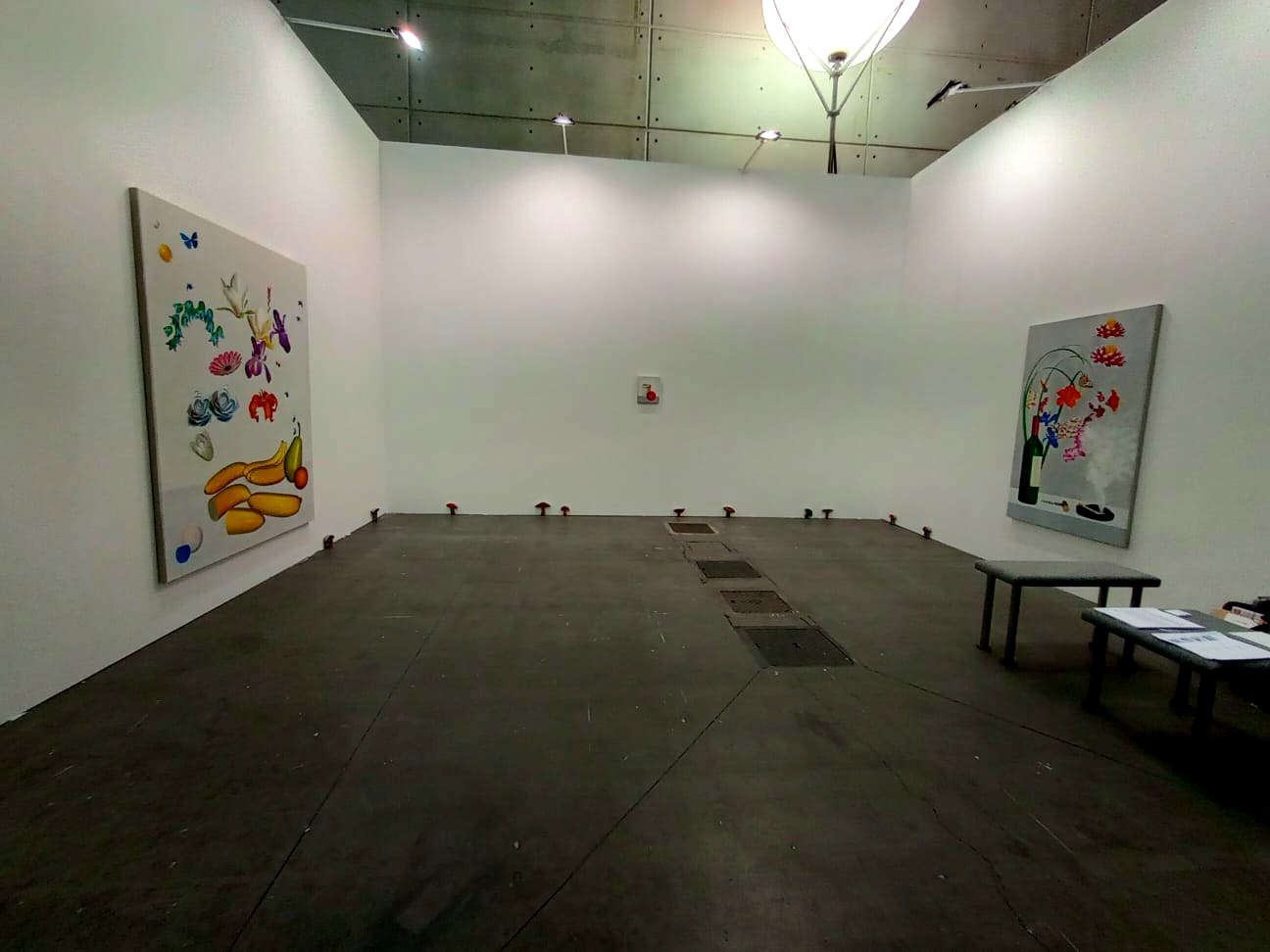
Very interesting is the painting offered by Thomas Dane, which features a large lot of artists. See the painting by Dana Schutz, one of the leading contemporary American artists, and then again the landscapes by Jake Grewal (born in 1994, one of the most interesting names in young British art: his paintings with dreamlike scenes speak of desire, self-exploration, the relationship between man and nature, both positive and negative), and the works of Latvian Ella Krugiyanskaya, with her works dedicated to the female figure (a well-established artist, her resume also includes an exhibition at Tate Liverpool in 2016). Thomas Dane deserves the top 10 because he offers international painting of great quality.
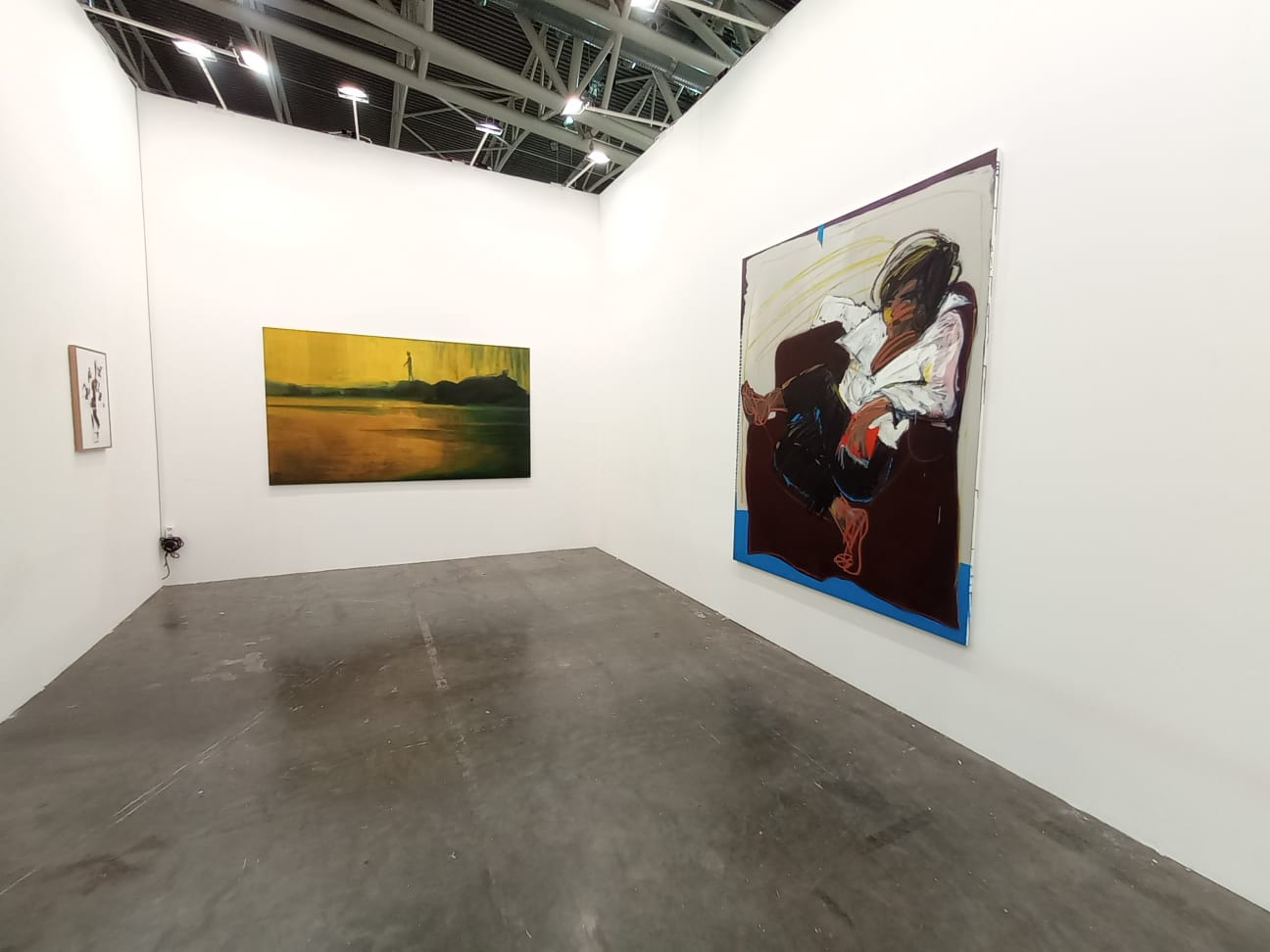
Boccanera is among the galleries that best work with young painters (it discovered and launched Andrea Fontanari, whom we can now consider a solid name despite his young age) and confirms its vocation with a booth showcasing A carevolution. Leading Boccanera’s selection are the usual Fontanari, who presents himself with some small-format works but also with a huge canvas of more than two meters, People II, and a Linda Carrara in great form with some cloud views of different colors. Alongside them, two other young people: the Romanian Cristian Avram and Gabriele Grones from Veneto.

A monographic booth for Galleria Umberto Benappi, totally dedicated to Studio Azzurro and the project The Swimmer (goes too often to Heidelberg), with a reconstruction of the project, design drawings, prints from large-format positives and a 1:10 scale model made with students from the School of Design of the Milan Polytechnic for the training and exhibition project “Bottega Studio Azzurro.” The booth is accompanied by a limited edition book edited by the gallery. The set-up is striking with its blue lights that attract all visitors to Artissima: needless to say, Umberto Benappi’s booth is one of the most photographed.

Austrian gallery Silvia Steinek devotes its entire booth to one of the pioneers of feminist art, Renate Bertlmann, an avant-garde artist of the 1970s who has always explored issues such as the representation of sexuality and eroticism within a social context. Despite her proximity to the feminist movement of the 1970s, which rebelled against a male-dominated world and, on an artistic level, sought to develop new aesthetics for the representation of the female body, Bertlmann’s work is distinguished by the inclusion of the male point of view. Working with collages, drawings, photographs, films, performances and objects, Bertlmann’s work has always played on the ambivalence of male-female relationships in terms of sexuality and desire, challenging the stereotypical and predetermined roles assigned by society. On display at Silvia Steinek’s is a historical selection of work from the 1970s onward.
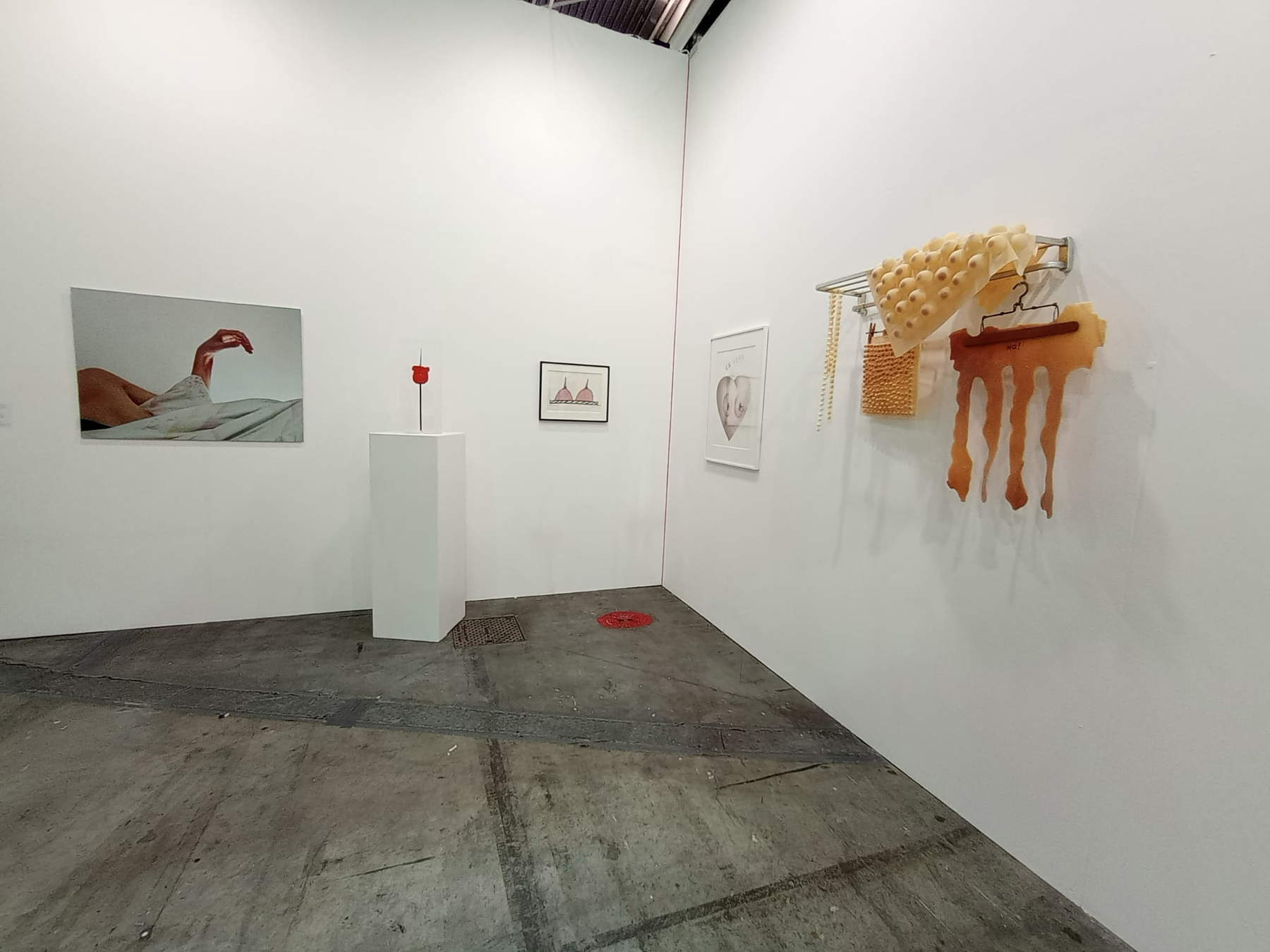
Florence-based Frittelli surprises Artissima’s audience and instead of bringing visual poets to the show as it does every year decides to devote a single show to Paolo Masi’s works from the 1980s: large paintings that occupy the entire booth and were the protagonists of an exhibition organized this summer by the Tuscan gallery, where precisely the large paintings on canvas exhibited in 1985 at the Sala d’Arme of Palazzo Vecchio in one of the tributes offered to him by the city were re-proposed. Based on atomized painting, a kind of dripping that compared to that of Jakcson Pollock accentuates systematicity by becoming a uniform noise, Masi’s paintings are traversed by bands of nuance of rare skill and elegance. Speaking of these works, Masi thinks back to art history, back to the time when the entire art system turned to the past: and he did the same by looking to Seurat, albeit within the framework of the analytical painting that had characterized his earlier production.
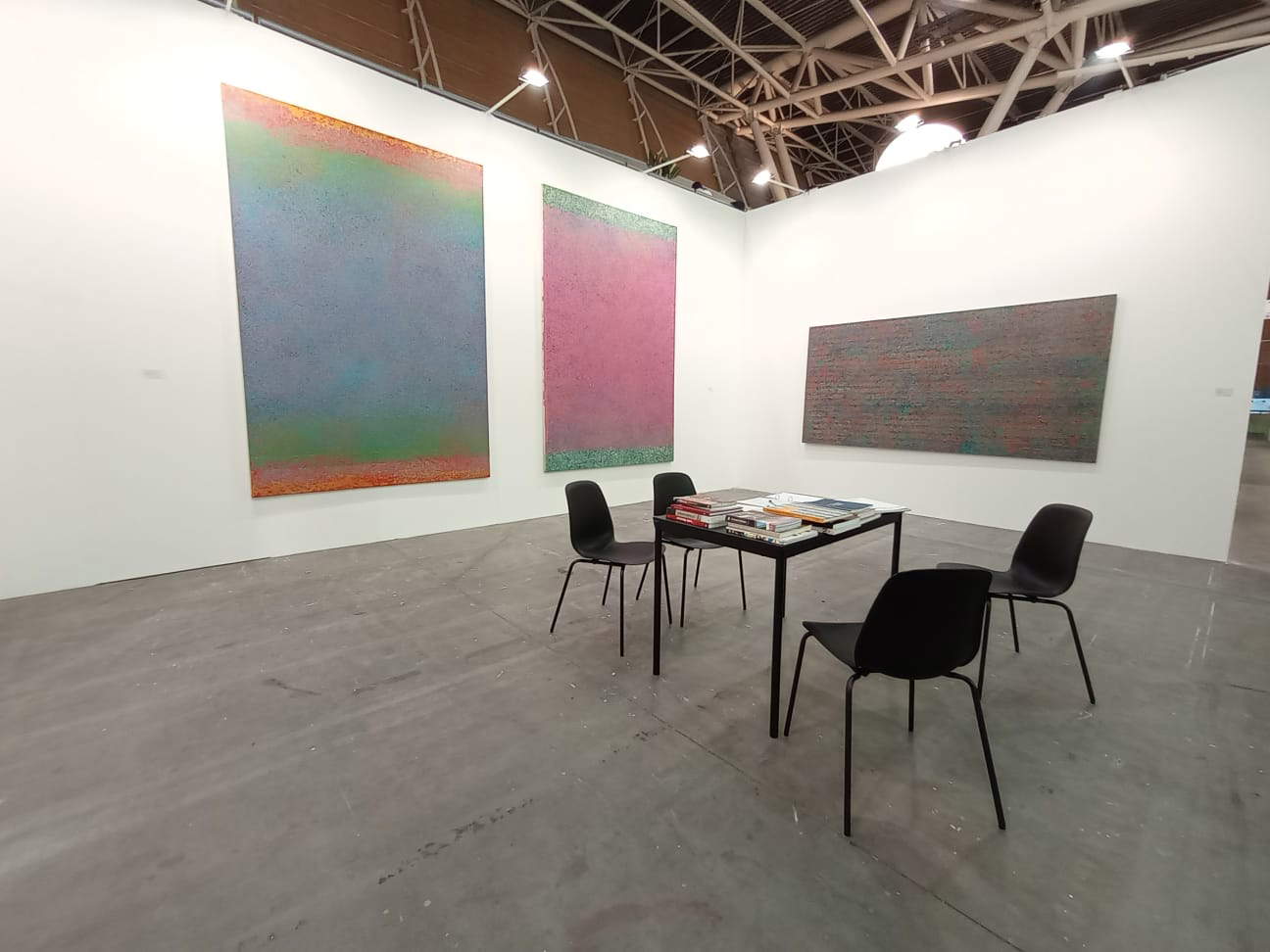
Warning: the translation into English of the original Italian article was created using automatic tools. We undertake to review all articles, but we do not guarantee the total absence of inaccuracies in the translation due to the program. You can find the original by clicking on the ITA button. If you find any mistake,please contact us.